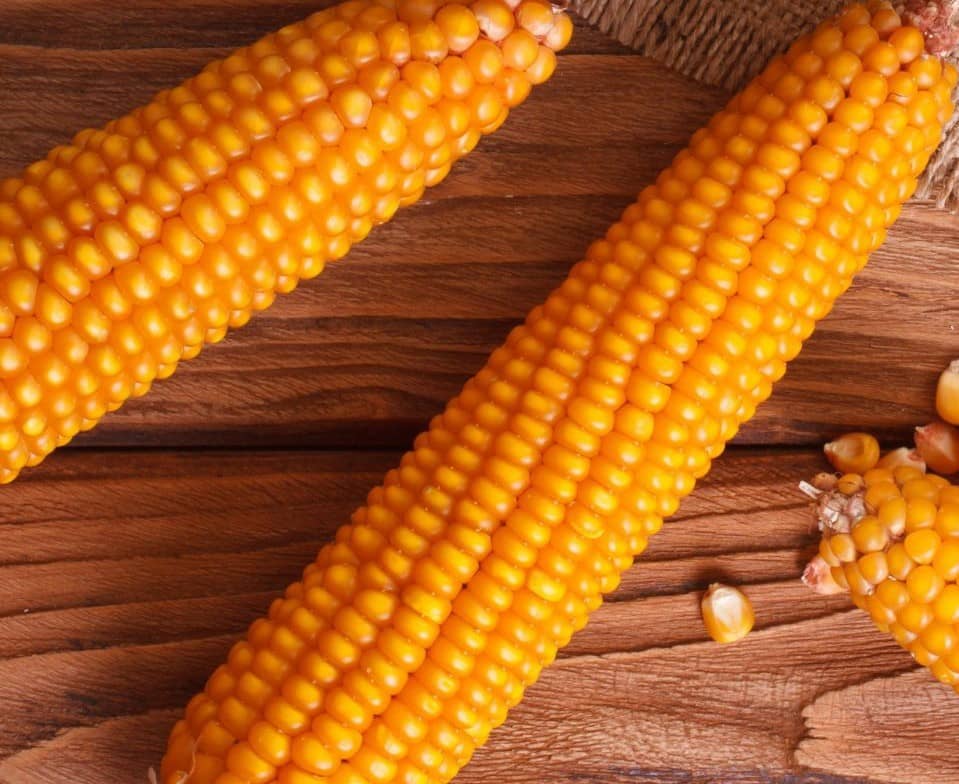Porto Alegre, June 21, 2021 – Normal indicators such as weather and development of the US crop have not been fully enough to explain all price movements in this atypical year of 2021. Last week was evident in this type of occurrence in commodity prices and more intensely in the segments of corn, soybeans, and wheat. Sudden price reversals are explained by variations in weather forecasts and/or market movements. However, the week showed this type of variable added to other political and financial indicators that affected prices. The most naive in terms of market valuation would say that prices are being ‘manipulated’ as if trillion-dollar markets could be managed that way. Without a doubt, a poor assessment in an increasingly faster market segment.
A sudden limit down followed by a limit up. This is not new in commodities, but it has been increasingly characteristic, and we must understand that these are movements that should be considered possible when more technologic instruments are added to the operations and volume of contracts traded on commodities and stock exchanges.
The last two weeks have been marked by very strong attention to the climate issue. It is clear that this attention will persist until September when the US crop is defined. June began with less rainfall across the US Midwest and a heat wave and below-normal rainfall this month. Last week, the models changed radically to above-normal rainfall and below-normal temperatures, even with possible frosts for the mid-north of the Midwest early this week.
So, we must understand that price volatility with the weather is already a seasonal and aggressive point. This year, when the local harvest cannot have problems, this price sensitivity is even more accentuated and must last until September. Therefore, it must not be considered a new and unknown piece of information. Sharply bullish movements in one week and sharply bearish in another reflect this sensitivity to the weather and climate models.
Moreover, we saw the US and Chinese governments adopting measures that affect prices. The US government, before the arrival of the 2021 crop, pointed to the possibility of changes in the biofuel policy. More clearly, it pointed to the reduction in the percentage of soyoil used in biodiesel as one of the indicators, and this immediately knocked down soyoil prices. However, it was not explained to the market that the complement to the proposal is the elimination of the energy agency’s control over the volumes of corn ethanol and biodiesel that can be produced.
Along with this suggested measure, the Chinese government pointed out it will no longer need to buy corn and soybeans until October when its 2021 crop hits the market. It will use local stocks and try to control the prices of raw materials to avoid the scenario of constant highs seen this year. The very strong decline in prices for local swine production points to the sharp rise in domestic supply and the effects on maybe exaggerated investments in production. Now, there is excessive consumption of corn and soymeal as well as an excessive supply of hogs with a vertical decline in prices. The government is now trying to contain this increase in feedstuff inputs to equalize the production costs of swine production, perhaps starting to buy pork for stocks to balance the market. Indirectly, pork exporters around the world are suffering from low prices in the swine industry, and this scenario ends up being reflected in commodities such as corn, soybeans, and wheat.
This Chinese information plus this proposal by the US government began to weigh on the corn and soybean environment. Investors quickly began to decrease their net long protection or investment positions as a consequence of the dollar’s rally after the Fed’s meeting. Therefore, a change in the climate environment in the United States, a rapidly changing Chinese situation in the swine industry, interest rate bias, and proposal of changes in the US biofuel sector brought markets to a new cycle of extreme volatilities on the Chicago Board of Trade.
These factors must continue this week. So, what remains are two fundamental points:
– The continuity of the climate in the Midwest;
– The planted area report on June 30.
Despite all the movements registered on the Chicago Board of Trade in June, the central focus is still the US crop. Corn will start pollination and silking in July, therefore, the defining point of local production. Until then, weather maps may keep generating a lot of volatility, that is, less rainfall during pollination could trigger sharp price highs, and normal rainfall could quickly lead corn to USD 5.00 or less for the September contract. Unfortunately, this sensitivity of the market to the weather is already seasonal every year, but in 2021, due to low stocks, this picture is more accentuated.
Besides the climate issue, the market needs confirmation of the planted area. On June 30, USDA releases its acreage report. As we have already pointed out in our newsletters, the market has created an environment in which the planted area to be disclosed will be far larger than the planting intention. The latest private estimates point to a corn area of ??93/93.5 mln acres, above the 91 mln acres of planting intentions. Is that possible? Perhaps, if other cultures lose area and/or the planting occurred in non-traditional areas and, therefore, with lower productivity potential. Perhaps even taking area from soybeans? These answers will come with the USDA’s report on June 30.
Agência SAFRAS Latam
Copyright 2021 – Grupo CMA

